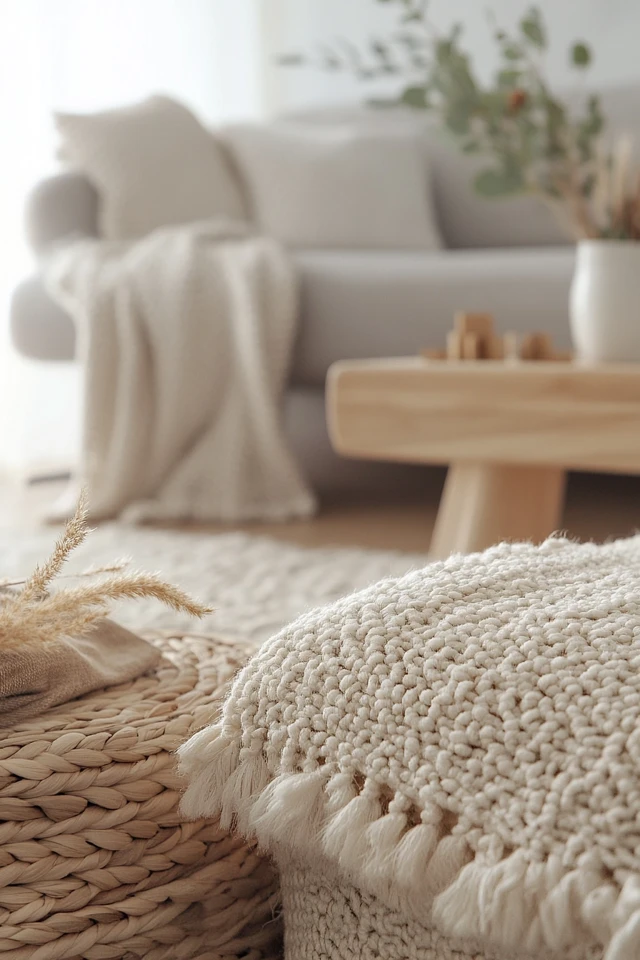Introduction
Designing a nursery is one of the most exciting parts of preparing for a new arrival. When I was expecting my first child, I was drawn to the clean, calming, and functional aesthetic of Scandinavian design. There’s something about the simplicity and thoughtfulness of this style that feels perfectly suited for a nursery—a space that should be as peaceful and practical as it is beautiful.
I remember spending hours researching Scandinavian design principles, scouring Pinterest boards, and even ordering decor directly from Nordic brands to get the look just right. What struck me most was how Scandinavian nurseries are all about creating a serene environment without sacrificing practicality or comfort. From soft, neutral color palettes to clever storage solutions, every element is designed with both beauty and function in mind.
In this post, I’m excited to share my top 10 tips for designing a Scandinavian nursery. Whether you’re expecting your first baby or simply refreshing your little one’s space, these ideas will help you create a room that feels timeless, nurturing, and distinctly Nordic. And trust me, you don’t need to live in Sweden or spend a fortune to achieve this look—just a little intention and inspiration!
1. Start with a Neutral Color Palette
The hallmark of Scandinavian design is its soft, neutral color palette. For a nursery, this translates into hues like whites, creams, soft grays, and muted pastels like sage green or dusty pink. These tones create a calm and soothing environment—perfect for both babies and sleep-deprived parents.
Pro Tip: Use paint with a matte finish to enhance the soft, understated vibe. Consider eco-friendly, non-toxic paints for a safer nursery.
2. Embrace Natural Materials
Scandinavian interiors prioritize natural materials like wood, wool, cotton, and linen. For a nursery, opt for a crib, changing table, or shelves made from light-toned woods like birch or pine. Complement these with soft cotton or linen bedding, rugs, and curtains for an organic feel.
Pro Tip: Choose a natural jute or wool rug to add texture and warmth to the floor. Bonus points if it’s machine washable for easy maintenance!
3. Focus on Functionality
Scandinavian design is rooted in functionality, making it ideal for a nursery where practicality is essential. Invest in furniture that serves multiple purposes, like a crib that converts into a toddler bed or a dresser that doubles as a changing table.
Pro Tip: Look for furniture with clean lines and minimal ornamentation to stay true to the Scandinavian aesthetic.
4. Keep Decor Minimal but Meaningful
Scandinavian nurseries are known for their uncluttered look. Instead of overloading the room with decor, choose a few meaningful pieces like framed prints, a mobile above the crib, or a beautiful woven basket for toys.
Pro Tip: Scandinavian-style decor often features nature-inspired motifs like animals, trees, or mountains. Look for these in your wall art or textiles for a subtle nod to Nordic design.
5. Add Soft Lighting
Lighting plays a huge role in creating a cozy and calming atmosphere. In a Scandinavian nursery, you’ll want to layer your lighting. Use a combination of a soft overhead light, a reading lamp, and a nightlight.
Pro Tip: Look for light fixtures made of natural materials like rattan or paper to maintain the Nordic vibe. Warm, dimmable LED bulbs can help set the mood for bedtime routines.
6. Incorporate Hygge Elements
Hygge, the Danish concept of coziness, is essential in Scandinavian design. For a nursery, this means incorporating cozy blankets, plush rugs, and snuggly stuffed animals. These elements not only make the space feel inviting but also provide sensory comfort for your baby.
Pro Tip: A soft canopy above the crib or reading nook can create a magical, cocoon-like feeling.
7. Opt for Smart Storage Solutions
Nurseries need a lot of storage, but Scandinavian design teaches us to make it look beautiful. Choose storage solutions that are as aesthetically pleasing as they are functional, like woven baskets, wooden shelves, or minimalist storage bins.
Pro Tip: Label storage bins with words or simple illustrations to keep things organized and accessible as your child grows.
8. Introduce Subtle Patterns and Textures
While Scandinavian design leans towards simplicity, a few subtle patterns or textures can add interest and warmth to the nursery. Think striped or herringbone blankets, textured knit pillows, or a wallpapered accent wall with a delicate Nordic design.
Pro Tip: Keep patterns minimal and stick to neutral or muted tones to maintain the Scandinavian look.
9. Bring Nature Indoors
Scandinavians have a strong connection to nature, and this is often reflected in their interiors. Incorporate natural elements into the nursery by adding a few houseplants (out of baby’s reach) or choosing decor with botanical or animal themes.
Pro Tip: If live plants feel too risky, consider faux greenery or wall decals featuring trees and leaves.
10. Prioritize Sustainability
Sustainability is at the heart of Scandinavian design. When choosing furniture, textiles, or decor, opt for eco-friendly, ethically made products. Look for certifications like FSC (Forest Stewardship Council) for wood furniture and GOTS (Global Organic Textile Standard) for bedding and textiles.
Pro Tip: Shopping secondhand or upcycling furniture can also be a sustainable—and budget-friendly—way to furnish your nursery.
Picture Gallery
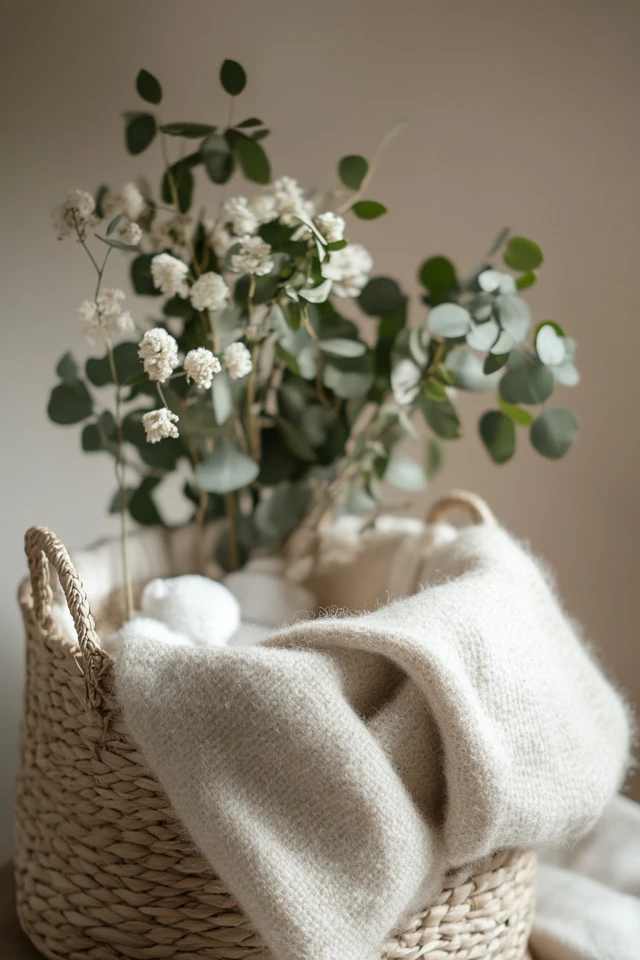
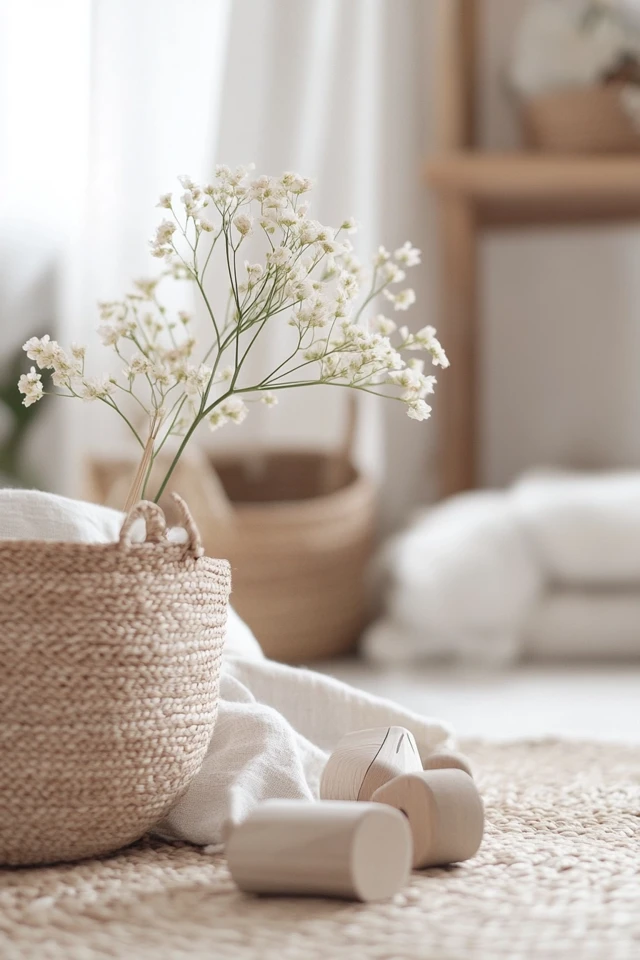
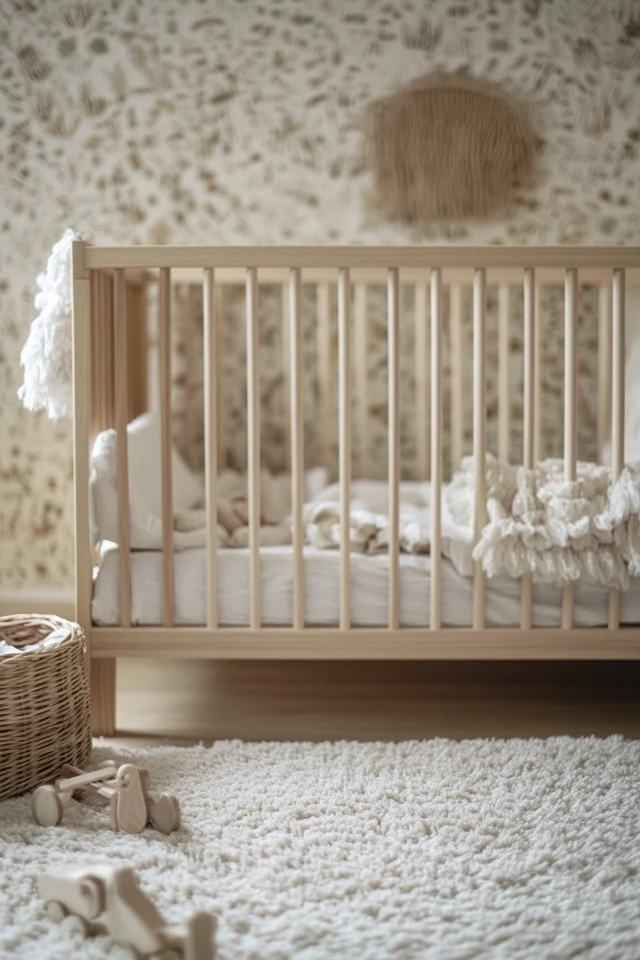
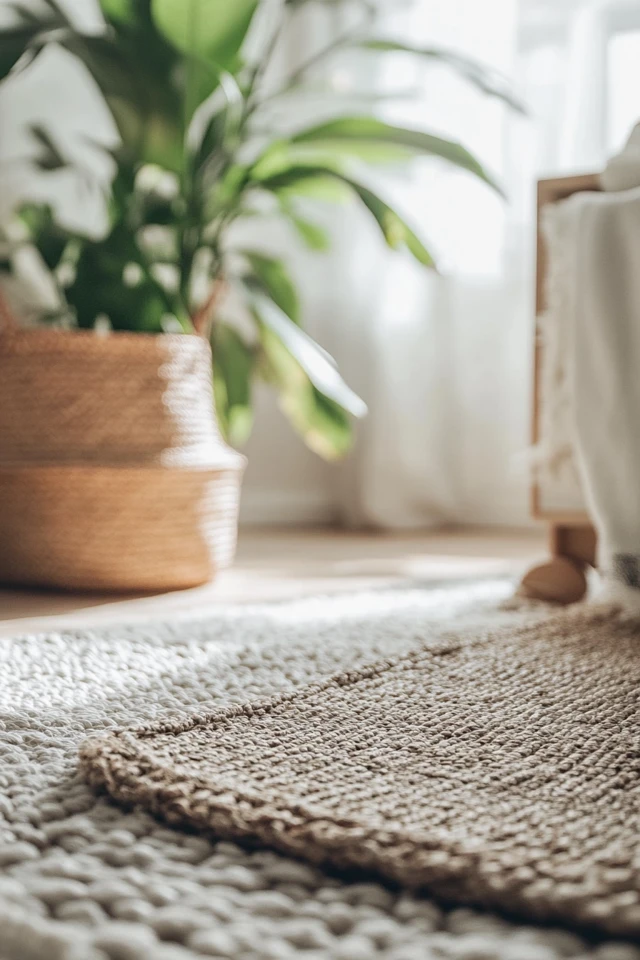
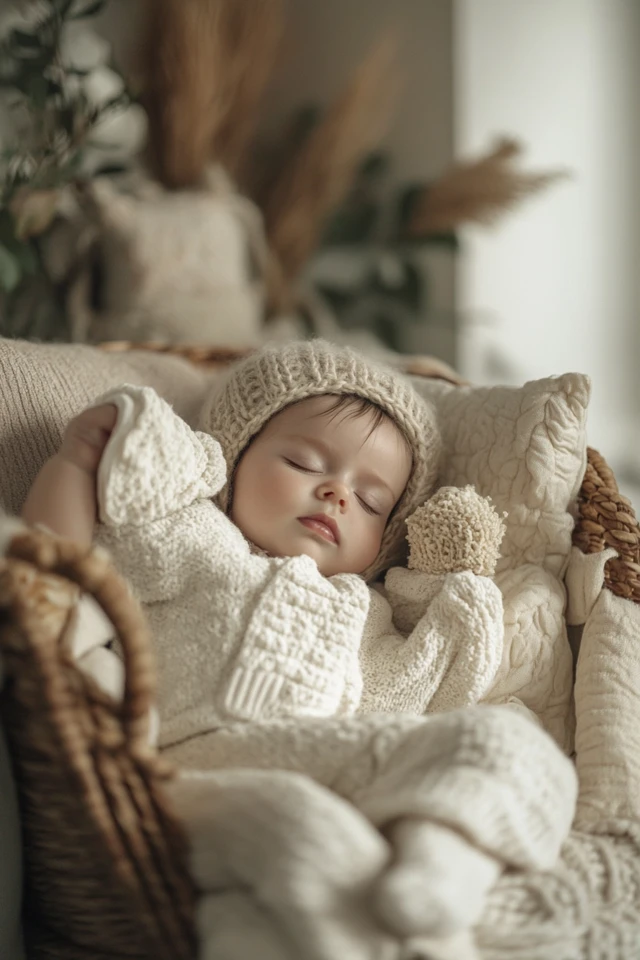
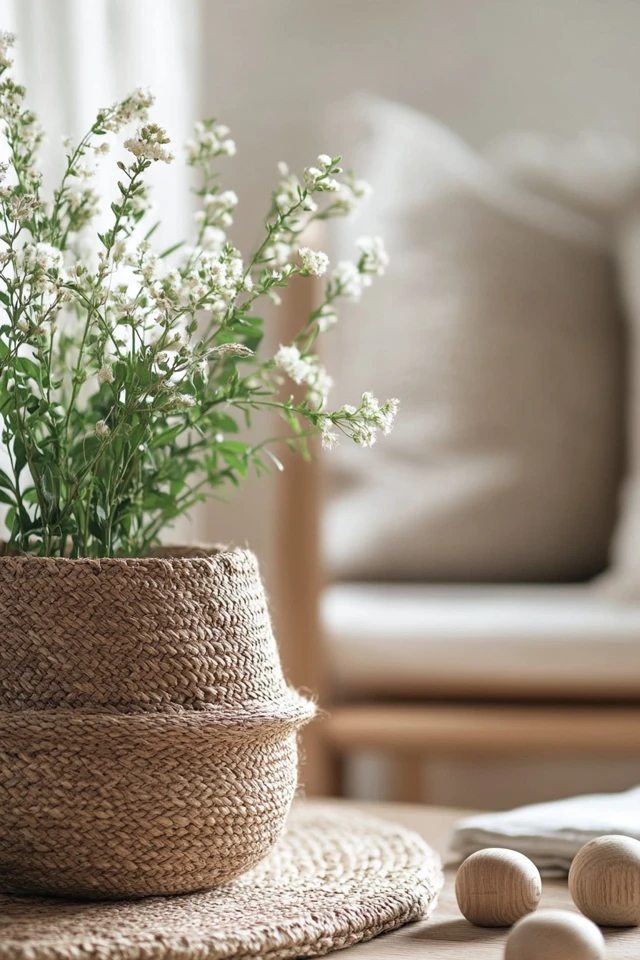
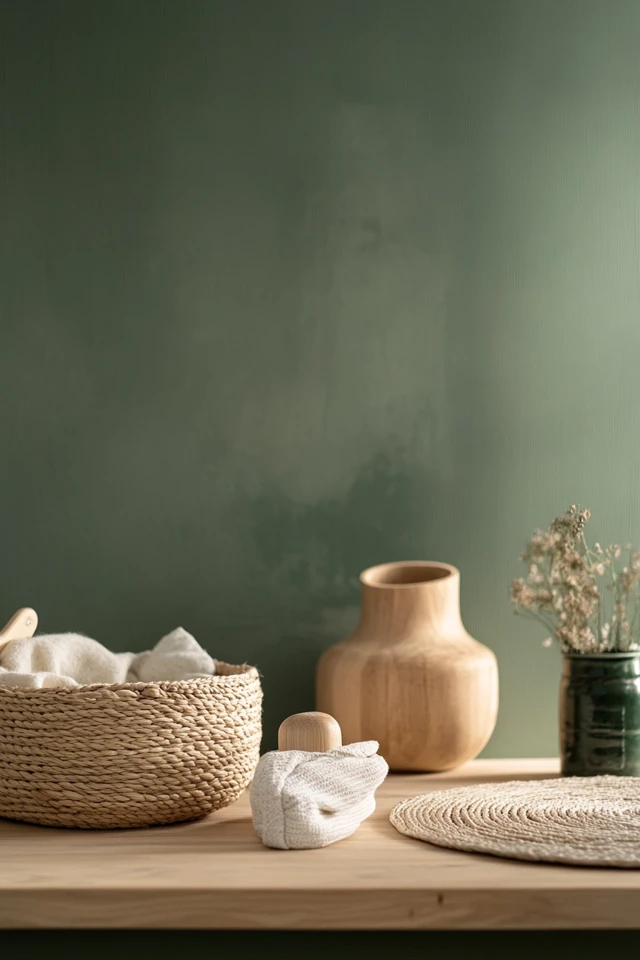
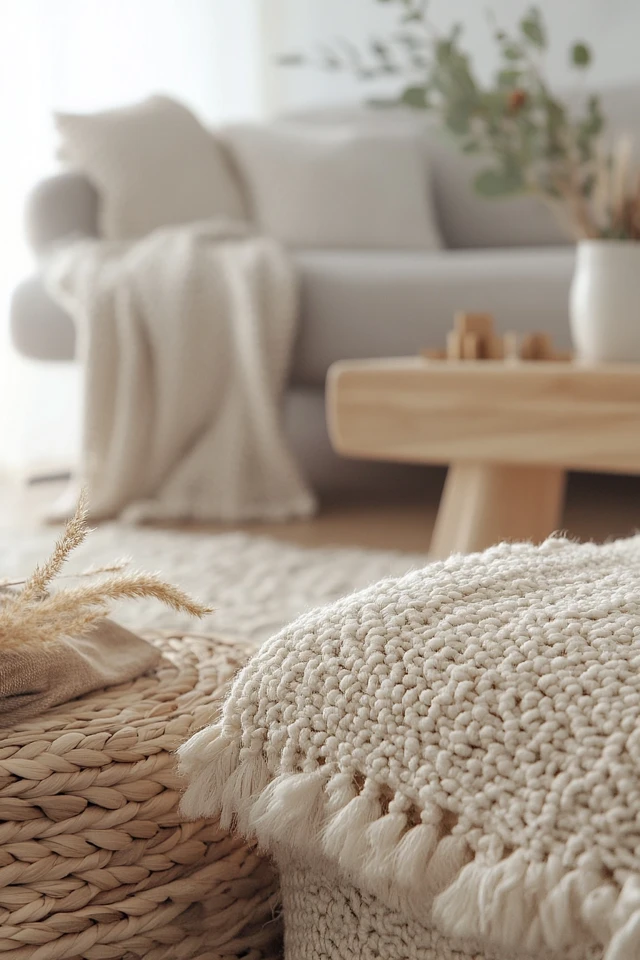
Conclusion
Designing a Scandinavian nursery is about more than just aesthetics—it’s about creating a serene, functional, and nurturing space that grows with your child. From its neutral color palette to its emphasis on natural materials and thoughtful details, Scandinavian design offers the perfect blend of beauty and practicality.
When I completed my first Scandinavian nursery, I was amazed at how it instantly became my favorite room in the house. The soft lighting, cozy textures, and uncluttered vibe made it a space where I felt just as comfortable as my baby did. Now, years later, I’ve helped friends and clients design their own Nordic-inspired nurseries, and the results are always timeless and inviting.
Remember, you don’t need a huge budget or a designer’s touch to achieve this look. With a little intention and a focus on the principles we’ve discussed, you can create a nursery that feels like a peaceful sanctuary—one you’ll enjoy spending time in, even during those 3 a.m. feedings.
FAQ
1. What colors work best in a Scandinavian nursery?
Neutral tones like white, gray, cream, and muted pastels are ideal. They create a calming atmosphere and provide a versatile backdrop as your child grows.
2. How can I make a Scandinavian nursery feel cozy?
Incorporate soft lighting, cozy textiles like blankets and rugs, and hygge-inspired elements like canopies or plush cushions.
3. Is Scandinavian design practical for a baby’s room?
Absolutely! Scandinavian design prioritizes functionality and simplicity, making it perfect for nurseries where organization and comfort are key.
4. What materials should I choose for furniture and decor?
Stick to natural materials like wood, cotton, wool, and linen for a sustainable and organic feel. Light-toned woods like birch or pine are especially popular in Scandinavian design.
5. How do I incorporate Scandinavian design on a budget?
Shop at affordable stores like IKEA, repurpose secondhand furniture, and focus on simple DIY projects. Scandinavian design thrives on minimalism, so less is often more.

